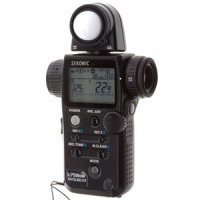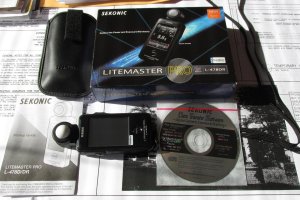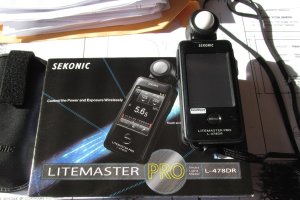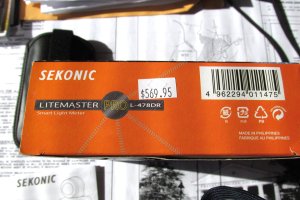Dear Friends and Teachers.
I just finish 1 st. Class of 10 Total class last nigjht , And The Name of The Class = " Creative Camera IV/ Photographic Lighting", Teach by the PRO, and Offer to me by our Local Technical Collage in my home county.
Yes !0 classes = 3 Hours per Class = $ 95 Us Dollars.
I have a great first class last night, And great teacher , that I will learn a lot from this PRO.
My question to my dear teachers and my dear friends in CR. = Do I need Sekonic L-758 Light Meter = $ 634 US Dollars---That Require in my class( Yes, my new teacher tell us to buy Start from the cheapest $ 115 US Dollars and up to high end = $ 634 Us Dollars).
Well, My Hobby is shoot every thing in my sight---But Rearly shoot Studio Photos , In side my Studio Area in my home ( That I already have most of the Require Studio Lighting that can create the great Photos)---
Now, The Question is =Do I need the High cost one---Just for this Class, and I might not use it again . because I do not like to shoot real studio photos?
Thank you Sir/ Madam.
Surapon
I just finish 1 st. Class of 10 Total class last nigjht , And The Name of The Class = " Creative Camera IV/ Photographic Lighting", Teach by the PRO, and Offer to me by our Local Technical Collage in my home county.
Yes !0 classes = 3 Hours per Class = $ 95 Us Dollars.
I have a great first class last night, And great teacher , that I will learn a lot from this PRO.
My question to my dear teachers and my dear friends in CR. = Do I need Sekonic L-758 Light Meter = $ 634 US Dollars---That Require in my class( Yes, my new teacher tell us to buy Start from the cheapest $ 115 US Dollars and up to high end = $ 634 Us Dollars).
Well, My Hobby is shoot every thing in my sight---But Rearly shoot Studio Photos , In side my Studio Area in my home ( That I already have most of the Require Studio Lighting that can create the great Photos)---
Now, The Question is =Do I need the High cost one---Just for this Class, and I might not use it again . because I do not like to shoot real studio photos?
Thank you Sir/ Madam.
Surapon




